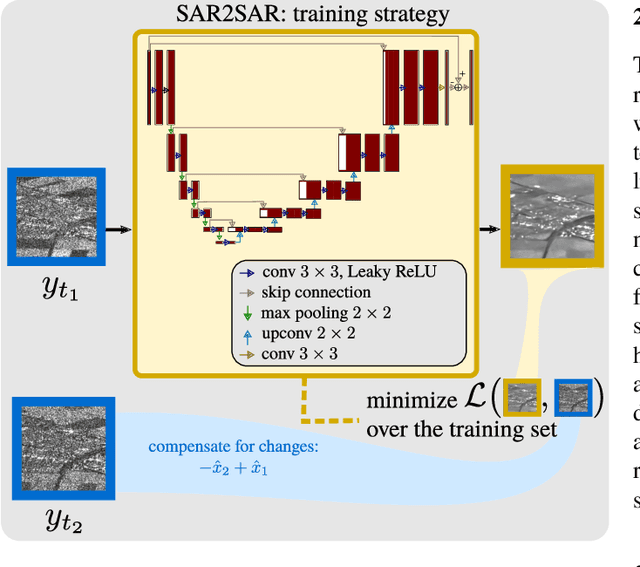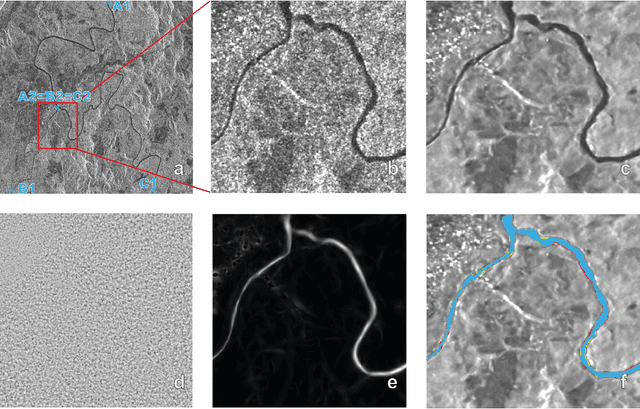Nicolas Gasnier
Radar Fields: An Extension of Radiance Fields to SAR
Dec 20, 2023



Abstract:Radiance fields have been a major breakthrough in the field of inverse rendering, novel view synthesis and 3D modeling of complex scenes from multi-view image collections. Since their introduction, it was shown that they could be extended to other modalities such as LiDAR, radio frequencies, X-ray or ultrasound. In this paper, we show that, despite the important difference between optical and synthetic aperture radar (SAR) image formation models, it is possible to extend radiance fields to radar images thus presenting the first "radar fields". This allows us to learn surface models using only collections of radar images, similar to how regular radiance fields are learned and with the same computational complexity on average. Thanks to similarities in how both fields are defined, this work also shows a potential for hybrid methods combining both optical and SAR images.
Despeckling Sentinel-1 GRD images by deep learning and application to narrow river segmentation
Feb 01, 2021


Abstract:This paper presents a despeckling method for Sentinel-1 GRD images based on the recently proposed framework "SAR2SAR": a self-supervised training strategy. Training the deep neural network on collections of Sentinel 1 GRD images leads to a despeckling algorithm that is robust to space-variant spatial correlations of speckle. Despeckled images improve the detection of structures like narrow rivers. We apply a detector based on exogenous information and a linear features detector and show that rivers are better segmented when the processing chain is applied to images pre-processed by our despeckling neural network.
 Add to Chrome
Add to Chrome Add to Firefox
Add to Firefox Add to Edge
Add to Edge